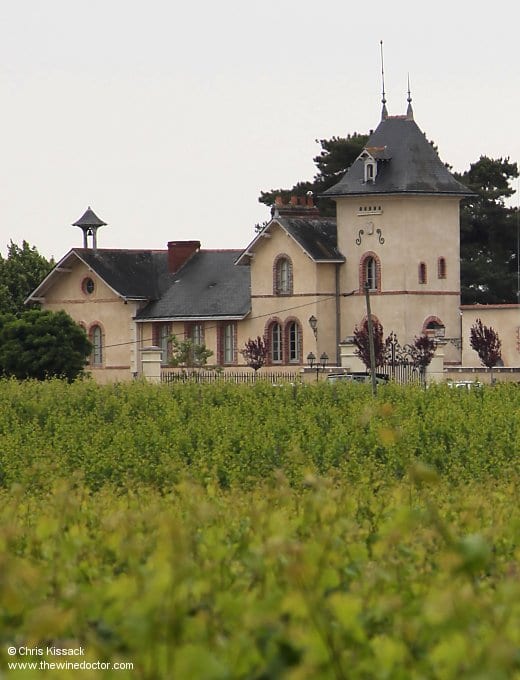Château Soucherie
The Loire Valley is a land of modest people, and it seems to me that the men and women who make the wines largely choose to invest in their vineyards, or their winemaking facilities, rather than in the construction of grand châteaux. It has long been this way, for many centuries in fact. One should be prepared, even when visiting the greatest domaines, to find on your arrival nothing more ostentatious than a small roadside house, and perhaps a dusty courtyard filled with the paraphernalia of the winemaker. And of course there are the cellars, usually dug by hand; they run into the limestone scarp behind, and are sealed off from the world by the seemingly obligatory tired wooden gate. If we were to draw an analogy with a region in Bordeaux, I think we would have to conclude that the Loire Valley is less like Pauillac, with all its imposing châteaux, and more like Pomerol, as characterised by the understated farmhouse-turned-winery. Of course, that is probably where the similarities end.
So are there no grand viticultural châteaux in the Loire Valley? As it happens there are, starting with the Folies Nantaises, châteaux built around Nantes by the wealthy shipping merchants and traders in the 18th century, financed in the same manner as the great châteaux of the Médoc, through the triangular trade. Many have been blessed with vineyards through the years, although today they are often divorced from one another (and many of the châteaux were burnt down during the Guerre de Vendée). And there are other vineyards associated with châteaux dotted all along the length of the Loire and its tributaries, all the way up to the châteaux of Sancerre and Pouilly-Fumé, such as Château de Tracy or Château du Nozet.

Please log in to continue reading:
